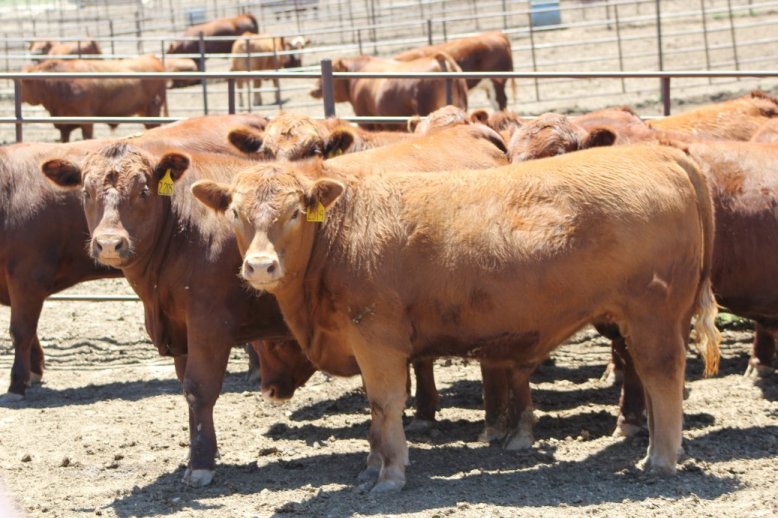
By Bruce Treffer, UNL Extension Educator
There are a lot of concerns and mixed messages about hormones in beef. There are a few things to keep in mind the next time you hear that beef contains too many hormones.
All multi-cellular organisms contain hormones. That’s true for animals and vegetables, but some meat production systems use hormone implants which cause the meat to have slightly more hormones than the non-implanted. True in beef, but not in pork or chicken as federal law does not permit the use of hormones in raising hogs or chickens. Implants are used to increase efficiency (i.e. feed conversion to muscle more quickly) or more muscle from less feed more quickly, which keeps prices down and reduces the environmental impact of production.
In beef, the implanted animals will produce meat that contains slightly more of the hormone estrogen (1.9 versus 1.3 nanograms per 3 ounce serving - which is about the size of a deck of cards). Is that extra estrogen going to cause problems? Consider the facts. When hormones are eaten, they are digested, broken down and largely neutralized, so they don’t act as hormones anymore. Even if they did, the 1.9 nanograms of estrogen in implanted beef seems miniscule when we consider that a child’s body produces around 50,000 nanograms of estrogen per day. An adult female (non-pregnant) will produce 480,000 nanograms of estrogen per day on its own.
The 1.9 nanograms of estrogen in implanted beef is also miniscule compared to 225 nanograms of estrogen in potatoes, 340 nanograms of estrogen in peas, 520 nanograms of estrogen in ice cream, 2,000 nanograms of estrogen in cabbage, 11,250 nanograms of estrogen in soy milk, and 170,000 nanograms of estrogen in soybean oil… all based on a 3 ounce serving size. One birth control pill contains 35,000 nanograms of estrogen. It may be surprising to learn that there are more hormones in commonly eaten food products than there are in beef (http://go.unl.edu/uhg4 or http://msucares.com/pubs/publications/p2767.pdf)!
So why do kids seem to be growing faster and reaching puberty earlier? Genetics play a role, but hormones make far less sense than calories consumed and increased levels of body fat (i.e., childhood obesity). According to Dr. Frank Biro of the Cincinnati Children’s Hospital, “BMI (body mass index) is, we found, the biggest single factor for the onset of puberty.” It is easy to blame hormones and sometimes just meat for that matter, or food in general for health problems because the general public is removed from actual food production and processing. It is human nature to be fearful of things we aren’t familiar with or that we don’t fully understand. It is always advisable to do some research and make inquiries yourself before believing everything you hear or read. If misinformation and half-truths are repeated often enough, and in sinister enough media campaign voices, they can take on a life of their own devoid of science or truth.
For more UNL Beef information go to http://beef.unl.edu